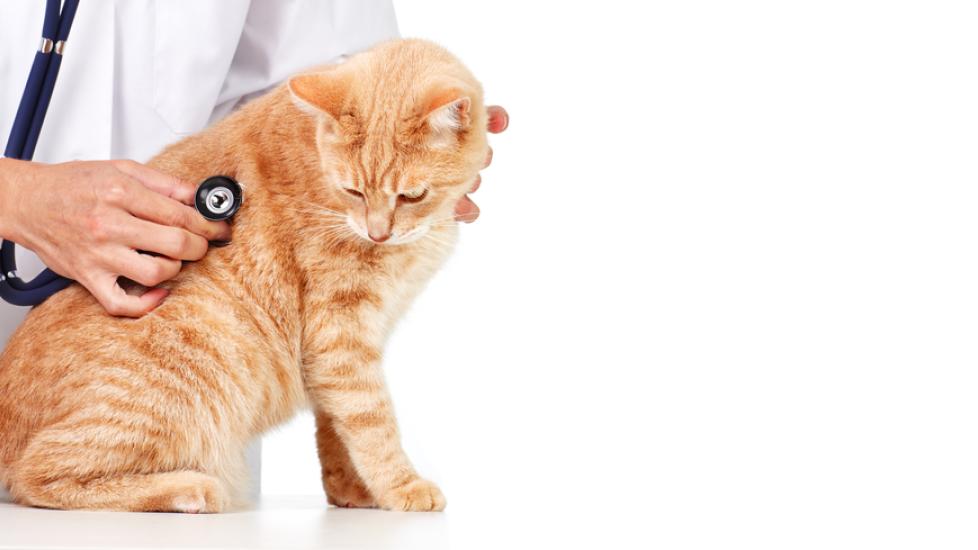Paralysis-inducing Spinal Cord Disease in Cats
Myelopathy–Paresis/Paralysis in Cats
Myelopathy refers to any disease affecting the spinal cord. Depending upon the severity and location of the disease, it can cause weakness (paresis) or complete loss of voluntary movements (paralysis). Paresis or paralysis may affect all four of the cat's limbs (teraparesis/plegia), the hind limbs (para-), front limbs (hemi-), or just one limb (mono-).
Symptoms and Types
The severity and extent of the spinal cord disease, as mentioned above, will determine how severe the weakness and paralysis is. However, external stimuli will also often increase the effects. Such symptoms include:
- Uncoordinated movements
- Loss of muscle bulk
- Decreased tension of muscles (Hypotonus)
- Increased tension of muscles (Hypertonus)
- Bowel movement and urinating problems (fecal and urinary incontinence, respectively)
Causes
- Inherited
- Blood supply deficiency (ischemia)
- Neoplastic tumor(s)--lymphoma, meningiomas, histiocytic tumors, etc.
- Inflammatory and infectious—Bacterial meningomyelitis, Cryptococcus neoformans, FeLV
- Traumatic—secondary to bite wounds, vertebral fractures, or intervertebral disc disease
Diagnosis
You will need to give a thorough history of your cat’s health to your veterinarian, including the onset and nature of the symptoms. He or she will then perform a complete physical examination as well as a complete blood count, biochemistry profile, and urinalysis -- the results of which are typically within normal ranges. Your veterinarian will also test the cat for various infectious diseases like Feline Leukemia Virus (FeLV) and Feline Immunodeficiency Virus (FIV).
For further evaluation, the veterinarian may conduct CT-scan, MRI (magnetic resonance imaging), and X-rays on the spine, which often reveal underlying problems like fractures, inflammation, and tumors. Meanwhile, a sample of cerebrospinal fluid, a protective and nourishing fluid that circulate around brain and spinal cord, may be sent to a laboratory to test for infectious organisms.
Treatment
The course of treatment will depend on the underlying cause of the myeolopathy. For instance, cases involve trauma may require hospitalization to reset fractures, while infections may require corticosteroids. Just as important is the management of the cat during recovery.
Living and Management
Due to urination and fecal elimination problems, cats with myelopathy typically need someone to express the bladder every six to eight hours, as well as clean and dry the scalded area. If the cat is unable to sit, it should be turned every six hours to prevent decubital ulcers.
Physiotherapy is also very important for quick recovery and to prevent further muscle wasting and weakness. This can either be done at home or under the supervision of a veterinary physiotherapist. At-home care will require a detailed management plan, which will provided by your veterinarian.
Image: kurhan via Shutterstock
